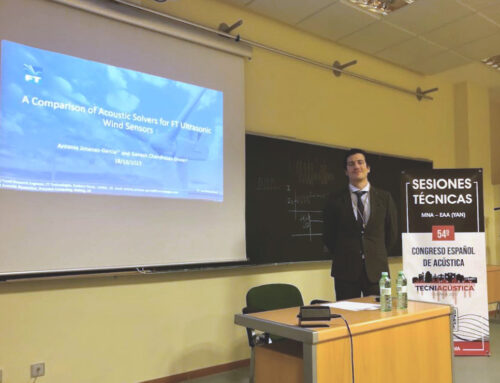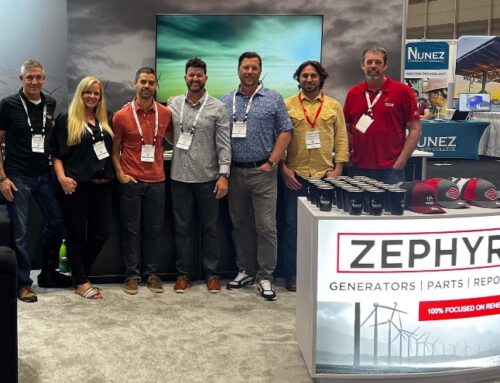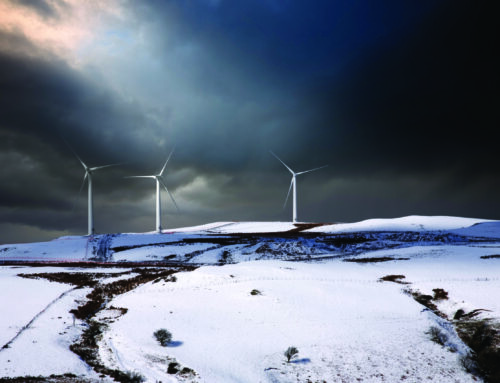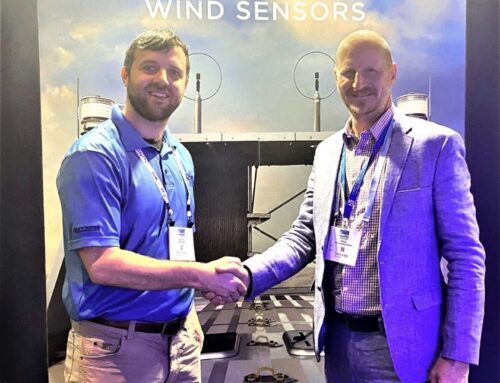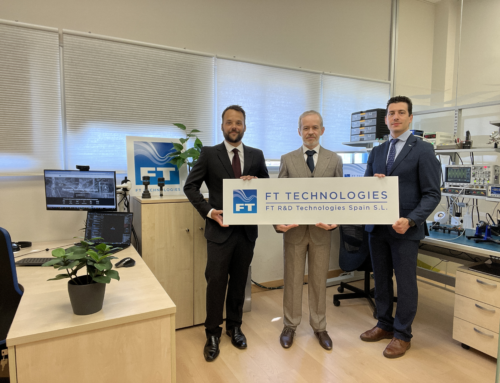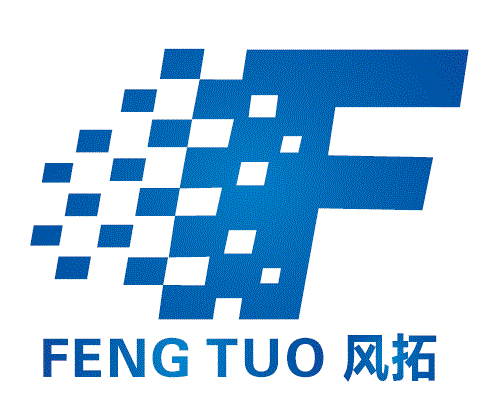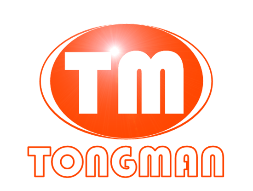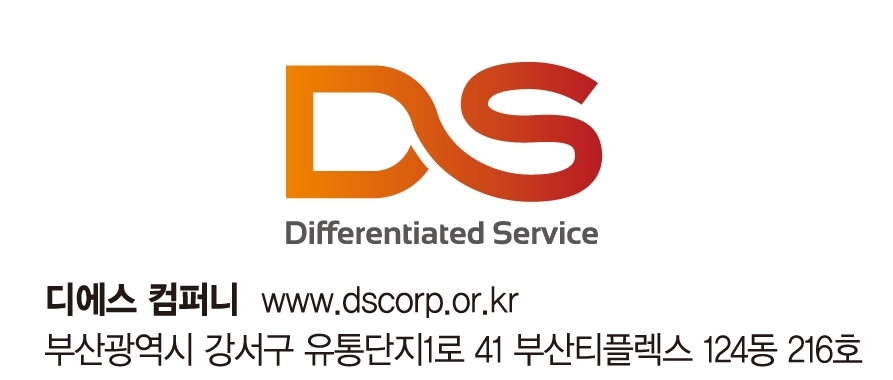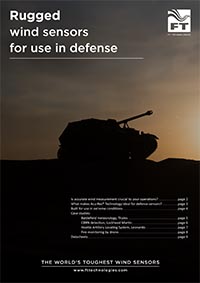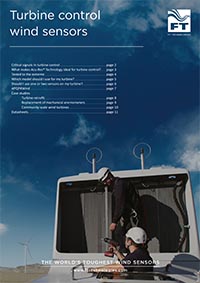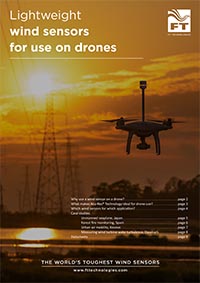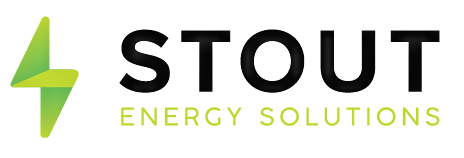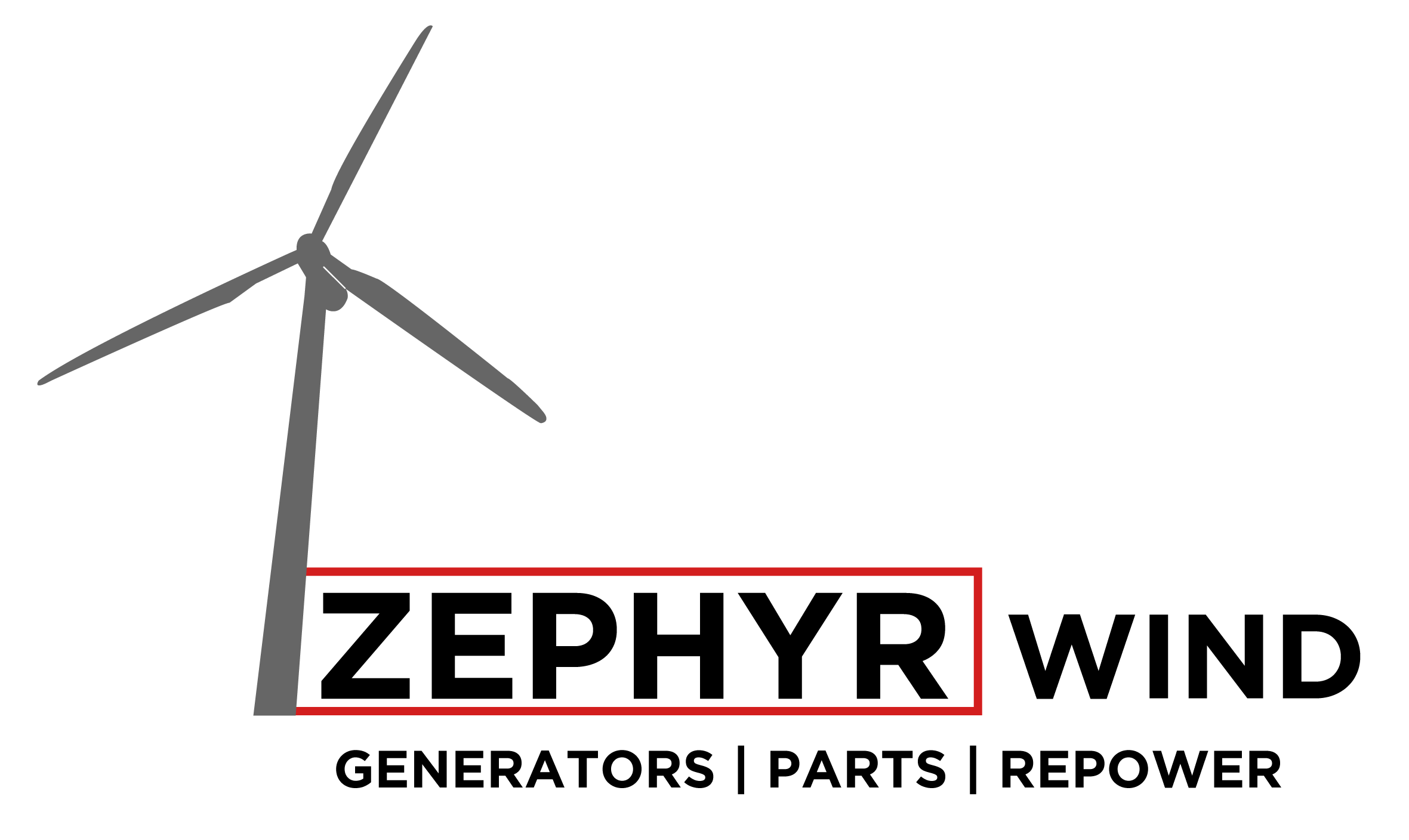Meet our 100th employee: Saskia Childe, Mechanical Design Engineer
2019 has been a record year for FT in many ways: record sales, record production, and record growth. By the end of the year, FT has reached a record number of employees too: 100.
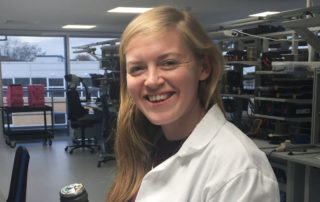 Meet our 100th employee: Saskia Childe. She’s originally from Jersey, grew up in a noisy household full of brothers and holds a BSc in Aerospace Engineering, and a MSc in Space Engineering.
Meet our 100th employee: Saskia Childe. She’s originally from Jersey, grew up in a noisy household full of brothers and holds a BSc in Aerospace Engineering, and a MSc in Space Engineering.
Congratulations, Saskia, on being FT’s 100th employee!
Thank you. I’m delighted to have joined FT. Everyone has been so welcoming.
What were your first impressions of FT?
It’s so international. That’s sometimes hard to find within Engineering in the UK. But here you have all these different perspectives and I think that really helps to drive innovation. It’s quite refreshing.
What is your role at FT?
My role is to contribute to product design in the concept and R&D stages of both existing and next generation products.
What attracted you to the job at FT?
It’s very hands on. I wanted something that I could get stuck into – something where you can really feel the product and work on it that way. At a lot of companies, you don’t always get to input into the entire product lifecycle. Sometimes you see the very end product, but you don’t see the prototyping and how it can be improved. Here at FT you can develop a prototype, test it out and then bring it back to the drawing board if necessary, back to the CAD to re-design it. You can see a product all the way through. You’re involved at every stage of the process.
I’m also really looking forward to getting back to the areas that I studied – Aerospace. At interview, I asked “Where do you see the company going in the next five years?” The answer was that we are expanding into different markets, and they told me that my background in Aerospace would be useful for that.
That was another thing I liked about the company – how far in advance we are thinking. We are not just looking a year or two ahead, we are thinking about the next five to ten years and how we can break into different markets.
Can you tell us more about the future projects you will be working on?
We are looking at new products for the Aerospace industry and already I’ve been given the opportunity to lead one of the projects, which is really exciting from my point of view. Even just the introductory meetings about it – I’m very keen to get stuck in. It’s lovely that people are putting their faith in me to lead it.
I’ll be working collaboratively with the other engineering disciplines – the aerodynamics, software and automation guys as well. All the projects are very diverse – they encompass so many disciplines. I didn’t think there would be so many projects.
What are your impressions of the existing product?
It’s very interesting technology and since applying for the role I’ve been very interested to learn more about it. It’s patented technology; it’s one of a kind in that sense, especially as there are no moving parts on the sensor itself. My colleagues have been very good at explaining it to me but soon I am going to go into Production and actually build a sensor from start to finish. I believe that is something that all the engineers do when they join. But there’s lots of documentation on it which I’ve been reading and, obviously, there are the CAD models as well which I can look at and manipulate in certain ways. It’s been very hands on and I’ve been shadowing the other Mechanical Design Engineers. It’s been great to learn from them.
How did you find the interview process for the job?
The first stage was a telephone interview where they asked a lot of questions about my background – my education, work experience etc.
At the second stage, I was invited into the offices to sit a written test followed by a face to face interview. It was good to connect with the people I would actually be working with and understand the processes. It was so interesting. I got to have a tour of the offices, the labs and the factory.
What was the test like? Did you pass?!
The test was a mixture of theoretical questions and questions relating to the actual sensor and its parts. After I’d finished the test, Mal and Sven went through it with me and explained any areas that I hadn’t quite understood. I was frustrated that I had got things wrong but that was just because I wanted to know and understand everything. And then, on my first day at the company, Sven gave me the test to keep and said “Keep that for a year and then look back at it. You’ll see how far you’ve come and how much you’ve learned.” That was sweet because I know how much it will bug me otherwise!
What were your impressions when they showed you round?
I like that it’s open plan. It gives more of a welcome vibe. Everything is well kitted out; they’re always improving the production and test equipment. Especially in the environmental labs. We’ve got new equipment coming in next week. Every week that I’ve been here there’s been something new to make it more efficient and streamlined which I really like.
What’s the most surprising thing that you’ve learned since joining FT?
Everything that’s been surprising has been in a good way, more of a refreshing way really. When I came for the interview and did the tour, I saw the desktop wind tunnel in the lab that Mal has built. I like the fact that everyone has the freedom to be innovative. You can do whatever you need to in order to get things done, but also you can improve things along the way. Everyone is so collaborative which is really great – especially for innovation and to work effectively and efficiently. Everyone’s so helpful and lovely.
